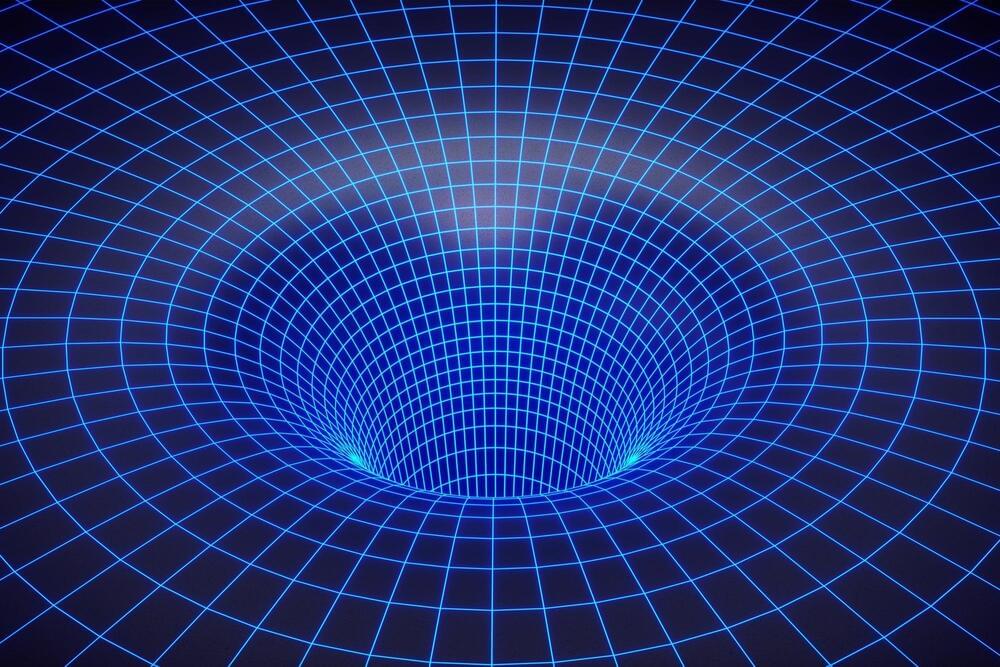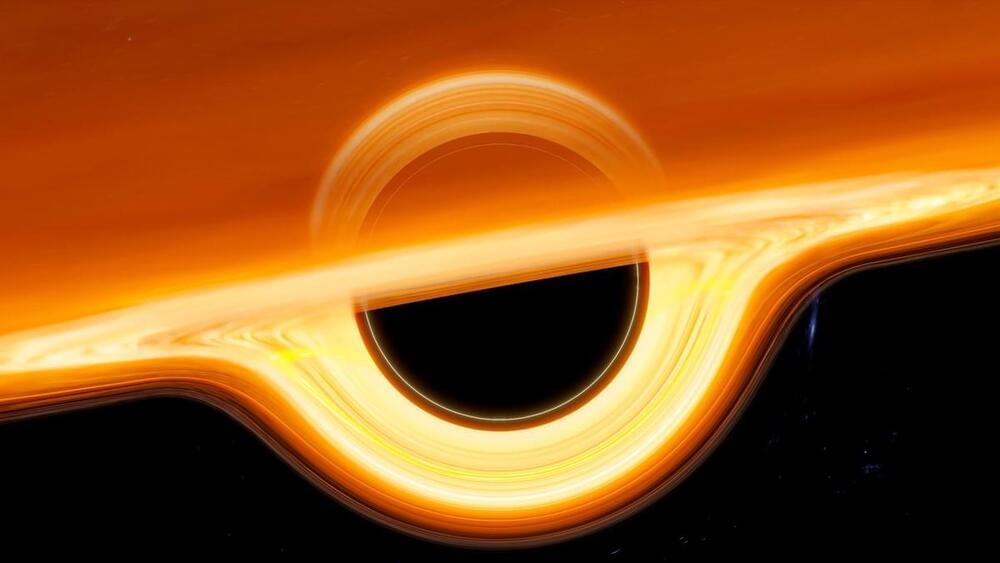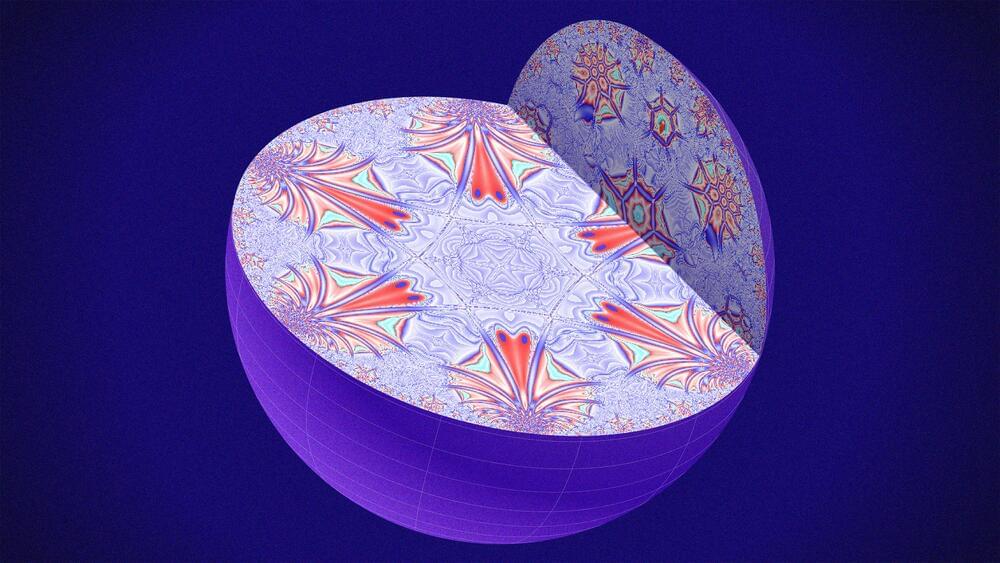By sending light through urine it’s possible to generate a hologram that can reveal the presence of bacteria or other signs of disease.



Dude, what if everything around us was just … a hologram?
The thing is, it could be—and a University of Michigan physicist is using quantum computing and machine learning to better understand the idea, called holographic duality.
Holographic duality is a mathematical conjecture that connects theories of particles and their interactions with the theory of gravity. This conjecture suggests that the theory of gravity and the theory of particles are mathematically equivalent: what happens mathematically in the theory of gravity happens in the theory of particles, and vice versa.
Intelligent from Bing makes it easier to quickly find what you’re looking for and rewards you.
May 6, 2021 · Holograms that seem to have mass and can be touched have long been the stuff of science fiction. Now, they are science fact. Holograms with haptic feedback Tactile technology which creates haptic feedback has been used for years in entertainment (such as game controllers), rehabilitation therapy, and even surgical training.
Google, Microsoft, and a slew of startups are experimenting with 3D communications.

There are few places in the universe that invite as much curiosity—and terror—as the interior of a black hole. These extreme objects exert such a powerful gravitational pull that not even light can escape them, a feature that has left many properties of black holes unexplained.
Now, a team led by Enrico Rinaldi, a research scientist at the University of Michigan, have used quantum computing and deep learning to probe the bizarre innards of black holes under the framework of a mind-boggling idea called holographic duality. This idea posits that black holes, or even the universe itself, might be holograms.


Lister says during this talent shortage, companies are going to need to meet the demands of workers, which will likely include a hybrid model.
Her research found that 56% of U.S. workers have a job that can be done at least partially remotely. She says allowing employees to shift their hours, which days they work, and even when they take a break can have a huge impact on retention.
Technology will have an outsized role in how companies implement their hybrid models. Lister says that within five years, employees may be able to meet via hologram instead of through a video call.

We’ve known about gravity since Newton’s apocryphal encounter with the apple, but we’re still struggling to make sense of it. While the other three forces of nature are all due to the activity of quantum fields, our best theory of gravity describes it as bent space-time. For decades, physicists have tried to use quantum field theories to describe gravity, but those efforts are incomplete at best.
One of the most promising of those efforts treats gravity as something like a hologram — a three-dimensional effect that pops out of a flat, two-dimensional surface. Currently, the only concrete example of such a theory is the AdS/CFT correspondence, in which a particular type of quantum field theory, called a conformal field theory (CFT), gives rise to gravity in so-called anti-de Sitter (AdS) space. In the bizarre curves of AdS space, a finite boundary can encapsulate an infinite world. Juan Maldacena, the theory’s discoverer, has called it a “universe in a bottle.”
But our universe isn’t a bottle. Our universe is (largely) flat. Any bottle that would contain our flat universe would have to be infinitely far away in space and time. Physicists call this cosmic capsule the “celestial sphere.”
Real holograms?
Science fiction has repeatedly promised a future filled with holographic 3D displays, but that fantasy has always eluded reality — until now. A startup says it has created a new “solid light” display that renders photos and videos in three dimensions.
Photography and filmmaking have historically only existed in two dimensions without the aid of specialized headwear and viewing angles, but a new technology developed by Silicon Valley startup Light Field Lab wants to change that. The company has developed what appears to be the first successful 3D holographic display that can provide a true sense of depth to content from a variety of angles and free of glasses.
The company explains that in real life, light photons travel in all directions, ultimately reflecting bundles of rays that human eyes interpret as objects and depth. Lightfield Lab says that traditional flat displays can never replicate this experience, but thanks to its technology, it has been able to replicate it in a way that has never been done before.